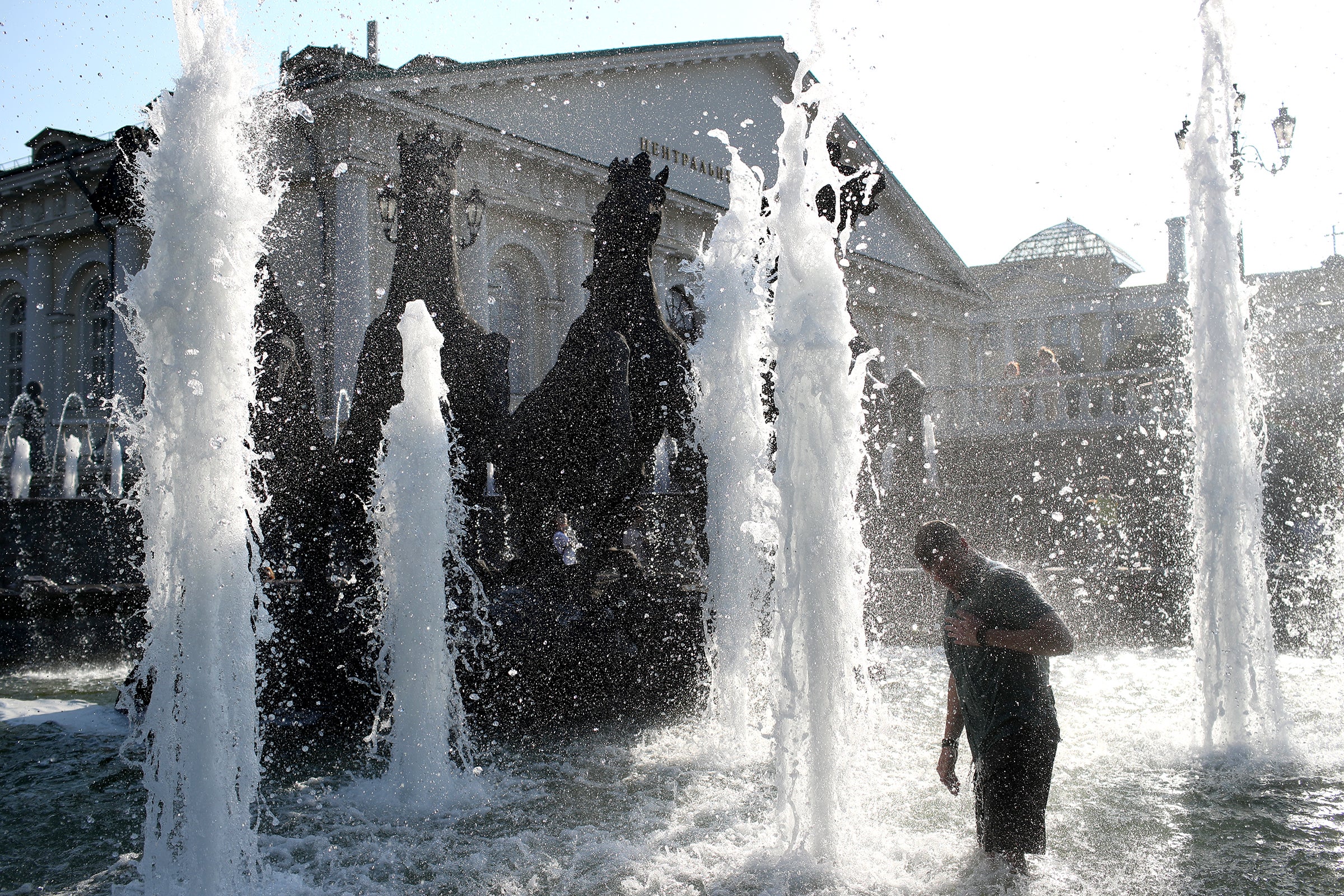
Cities could experience more acute warming than previously predicted, according to scientists.
Research published Monday inNature Climate Changefound that urban regions across the world — from the United States to Africa — could warm by more than 4 degrees Celsius by the end of the century under a high-emissions climate change scenario.
“That’s a concerning point,” said Lei Zhao, the study’s lead author and an assistant professor at the University of Illinois, Urbana-Champaign. “We showed that this kind of 4-degree warming is actually in a lot of urban areas, with high inter-model robustness and agreement.”
The study’s authors estimate that even with an intermediate emissions scenario, average warming in cities would increase by 1.9 degrees Celsius. This is more than the Paris Agreement target of 1.5 degrees.
Over half of the world’s population lives in urban environments, where concrete and asphalt absorb more heat and inhibit cooling.
The study also predicts an overall decrease in relative humidity, except in coastal regions, by 2100. The paper suggests this might be a sign for optimism. Decreasing humidity would make surface evaporation more efficient and could mean that adaptation strategies like urban vegetation might be effective.
Zhao and his team’s models are remarkable in the broader context of climate research. While urban areas are high in population, they only cover about 3% of the Earth’s land surface. This means they’re often challenging to include in climate change predictions.
“Almost all the global climate models, they do not have an urban representation,” Zhao said.
Zhao is aware of one other climate model that represents urban areas; he built upon that work. Multi-model projections are considered best practice.
“This is the very first multi-model projection of urban-specific climate,” Zhao said.
Zhao’s urban climate emulator was applied to 26 different global climate models using intermediate- and high-emissions scenarios. The process took climate model outputs and translated them into city-level projections of temperature and relative humidity. The technique of filtering information to finer spatial scales could also be applied to rivers, lakes or glaciers.
“The emulator is versatile, so similar emulators can be developed for other ecosystems,” Zhao said.
While the emulator’s raw output data is available online in a public repository, researchers plan to make a user-friendly interface to share city-specific information with planners and the public.
Reprinted from Climatewire with permission from E&E News. E&E provides daily coverage of essential energy and environmental news at www.eenews.net.


